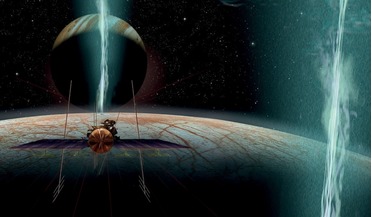 March 2018
Plumes on Europa - tasting an extra-terrestrial ocean
March 2018
Plumes on Europa - tasting an extra-terrestrial ocean
... about for some time, as the spectroscopic analysis of light reflected from the surface shows that it is made of water ice. Other measurements of the moon, made mostly with the Galileo spacecraft, indicate that there is a global ocean...
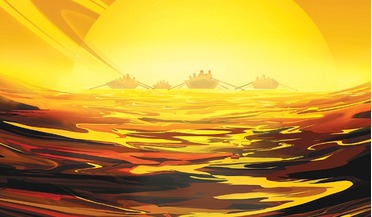 March 2016
Searching for water in the Solar System
March 2016
Searching for water in the Solar System
... a few hundred metres across, has been inferred from astronomical observations. This led to the speculation that water ice may be common in the outer main belt but is rarely observed because it is protected from rapid sublimation by an insulating...
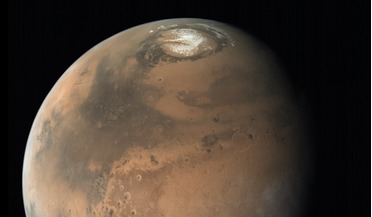 27 May 2019
Third largest water reservoir on Mars found
27 May 2019
Third largest water reservoir on Mars found
... providing new and important insights into the exchange of water ice between the midlatitudes and the poles, this record of...aboard NASA's Mars Reconnaissance Orbiter, was adjusted to show water ice as light-colored layers and sand as darker layers ...
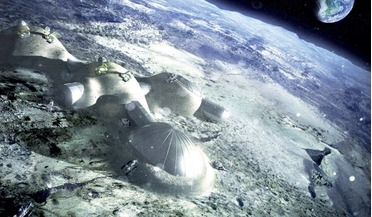 October 2018
Sustainable ways of living on the Moon and Mars
October 2018
Sustainable ways of living on the Moon and Mars
... called the Lunar Orbital Platform-Gateway (LOP-G). For Mars, using ISRU to unlock and exploit frozen water is vital. Water ice locked up at the south polar cap is expected to be extensive. If melted, it is estimated that it could entirely cover the...
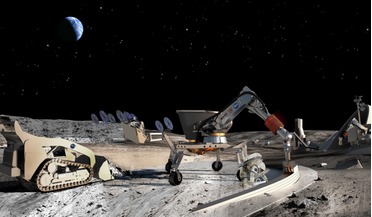 10 June 2020
New map boosts chances of finding water on the Moon
10 June 2020
New map boosts chances of finding water on the Moon
... presence on the lunar surface by growing crops, providing drinkable fluids, generating oxygen for life support, etc. water ice can be processed into liquid oxygen/liquid hydrogen propellant and used as rocket fuel. Manufacturing propellants in space...
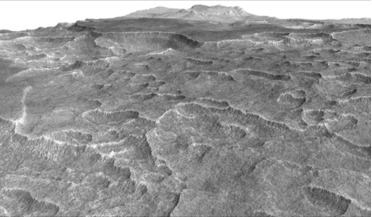 23 November 2016
Massive ice deposits found under the surface of Mars
23 November 2016
Massive ice deposits found under the surface of Mars
...identified a massive deposit made up of around 50 to 85 percent water ice, mixed with dust or larger rocky particles. The Utopia deposit ...than one percent of all known water ice on Mars. With a seemingly abundance of water ice buried not far from the ...